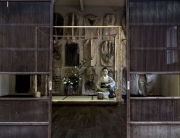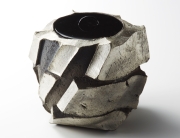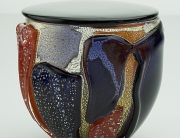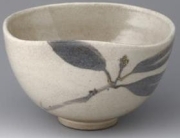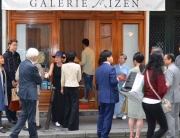Sasai Fumie is currently a lecturer at Kyoto City University of Arts, but that’s hardly all she’s done. She’s well known for her unique urushi work and other pieces of art that have made her exceptionally popular with those who appreciate great examples of fine art in the modern era. At one point Sasai-sensei even served as the artist in residence at Chiang Mai University in Thailand.
Having been born in Osaka, Sasai-sensei has traveled all over and worked to perfect her particular style of urushi art. Unlike a lot of pieces of that style, hers do not appear to be merely black monochrome boxes. Instead she uses both shape and texture to make things far more exciting to everyone than they might otherwise have been.
Naturally no one should misinterpret that. Urushi art in any form is never boring, and indeed it’s rare to see in its purest style. On the other hand, Sasai-sensei has really taken things to a very different level than most artists do.
Rather than being seen in competition with them, her work should be looked at as though it were something entirely different altogether. For instance, in Beloved no. 7 she used lacquer over foam and hemp cloth to create a multifaceted piece. Nevertheless, the facets aren’t at all rigid.
Instead each of the facets is remarkably curved in an almost organic sense. This gives them the look of possibly being the sorts of lines in nature. It’s important to remember that natural lines are almost never straight. Rather they curve along gentle lines. Think of mountaintops or the lines formed by where natural stands of timber grow. In either case there is little that is truly rigid.
The Paris Yakimono Gallery considers itself to be honored to feature the works of Sasai Fumie alongside those of Kurimoto Natsuki and Igawa Takashi. The organization will be able to display those works from March 22 until April 5, with a lecture on March 28. While the artists won’t be able to actually attend the opening reception, there will still be a grand display that should please everyone. Like many of the events that are hosted by this particular organization this is not something that happens very often in European countries, and as a result the event should be looked at as something not be missed by fans of these unique art styles. It might never come again.


